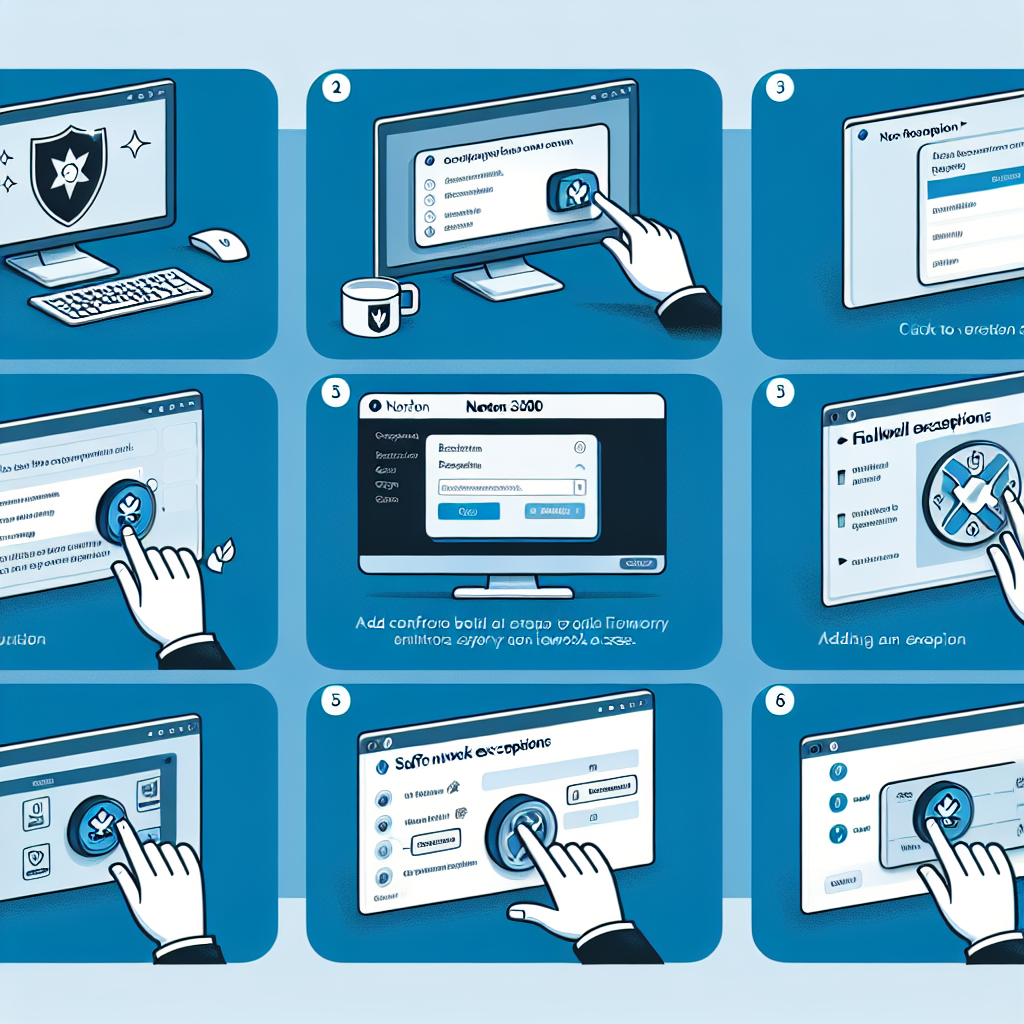Configure Firewall Exceptions in Norton 360 Guide
If you’re using Norton 360 to protect your computer, you may occasionally need to grant certain applications or services access through your firewall. This process, known as configuring firewall exceptions, ensures trusted programs can communicate over your network without compromising your security. In this in-depth guide, you’ll learn how to safely add, edit, or remove firewall exceptions in Norton 360, as well as understand the best practices for maintaining robust protection.
Why Do You Need to Configure Firewall Exceptions in Norton 360?
- Allow Trusted Applications: Some software, like games or business tools, require incoming or outgoing network access. Without exceptions, these programs might not function properly.
- Enhance Network Performance: By allowing specific traffic, you can minimize unnecessary firewall blocks and optimize data flow.
- Prevent False Positives: Sometimes, Norton’s Smart Firewall may mistakenly block safe applications. Configuring exceptions helps avoid these interruptions.
- Maintain Security: By limiting access only to approved programs, you reduce the risk of malicious activity.
Understanding Norton 360 Smart Firewall
The Smart Firewall in Norton 360 acts as a barrier between your computer and potential threats on the internet. It monitors both inbound and outbound traffic, automatically blocking suspicious activities. However, sometimes legitimate programs are blocked by default until you configure an exception.
Before making any changes, verify the authenticity of the application you wish to allow, as improper firewall configuration can expose your system to risks.
Step-by-Step: How to Add Firewall Exceptions in Norton 360
-
Open Norton 360:
- Double-click the Norton 360 icon in your system tray or find it in your programs menu.
-
Go to Device Security:
- From the main window, click Device Security.
-
Access Firewall Settings:
- Select Settings (the gear icon), then navigate to Firewall.
-
Manage Program Control:
- Click the Program Control tab. Here you’ll see a list of applications and their current network permissions.
-
Add a New Firewall Exception:
- To allow a new program, click Add. Browse to the executable file (.exe) you wish to permit network access.
- Set the access type: Allow, Block, or Custom.
- Click OK to save changes.
-
Edit or Remove Existing Exceptions:
- Find the application in the Program Control list.
- Select the rule and click Edit or Remove as needed.
Creating Custom Firewall Rules in Norton 360
For advanced users, Norton 360 allows the creation of custom traffic rules. This is useful for specifying port numbers, IP addresses, or protocols:
- In the Firewall Settings, click the Traffic Rules tab.
- Click Add and follow the wizard to specify the details (e.g., allow TCP traffic on a certain port).
- Assign a descriptive name to your rule and set the appropriate permissions.
Custom rules are ideal for network administrators or users with specialized software requirements.
Best Practices for Managing Norton 360 Firewall Exceptions
- Only Add Trusted Applications: Ensure the software is from a reputable source.
- Regularly Review Exceptions: Periodically check your list of allowed programs and remove any that are no longer needed.
- Update Norton 360 Frequently: Keep your antivirus and firewall definitions up to date for maximum protection.
- Monitor Network Activity: Use Norton’s tools to track which applications are using the network.
Troubleshooting Firewall Exception Issues
If an application still can’t access the network after adding it to the exceptions, try these steps:
- Double-check the program path and permissions.
- Ensure there are no conflicting rules blocking the application.
- Restart Norton 360 and your computer to apply changes.
- Consult Norton’s built-in support or help documentation for advanced troubleshooting.
Conclusion
Knowing how to configure firewall exceptions in Norton 360 is essential for balancing security and usability. By following these steps, you can safely manage network access for your trusted applications while maintaining robust protection against cyber threats. Regularly review your firewall settings, add exceptions only for necessary and reputable programs, and stay vigilant against potential risks.



